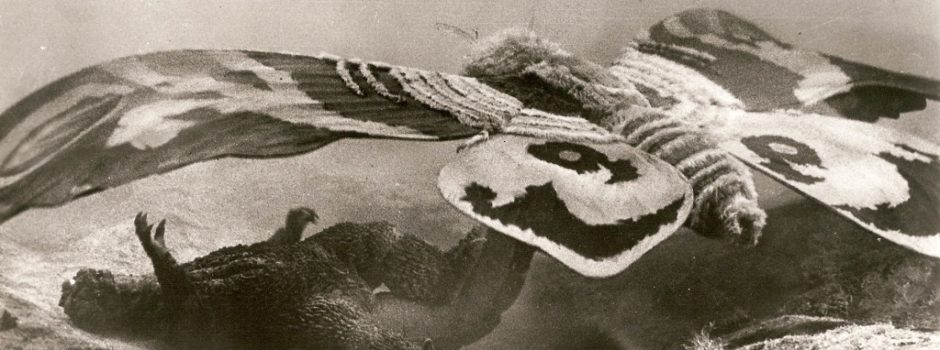
Tatara Samurai is a modern, big budgeted jidaigeki (period film) following a peasant blacksmith who attempts to reject his traditional role and small town life in order to become a samurai, set against the backdrop of Oda Nobunaga’s rise to power and the close of the Warring States period. The film is handsomely mounted and impeccably composed, but it lacks a spark to distinguish itself from similar tales and ultimately falls into the same staid trap as so many jidaigeki.
Tatara’s DNA is very much in the mold of elegiac modern chambara like Twilight Samurai and its progeny, but its DNA runs deeper. Crucial aspects of the plot are borrowed directly from Akira Kurosawa’s masterpiece Seven Samurai, in particular the denouement to the climactic swordfight (borrowed here not once, but twice).
The main plot device of the peasant seeking to rise to samurai status also echoes Seven Samurai, but where Toshiro Mifune turned his social climber into a starring role, Sho Aoyagi fails to engage as Gosuke, the master blacksmith of Tatara, a region famous for its steel, who turns aspirational samurai. Aoyagi’s performance is not bad, but his lack of charisma leaves a void at the center of the film, dragging the story down with him. The performers around Aoyagi are game, however, with Masahiko Tsugawa vamping as an opportunistic con-man and Akira doing a fine job as the local samurai lord, but they are not enough to counter-balance Gosuke’s lack of energy.

Despite the lack of a star-making turn by Aoyagi, Tatara Samurai truly is gorgeous and makes the location a centerpiece. I spent some time living in Shimane Prefecture, the mountainous region where the real Tatara is located, and the territory is every bit as lovely as it is presented in the film – all craggy hills and forested valleys. Director Yoshinari Nishikori is a Shimane native, and he and cinematographer Akira Sako capture the splendor of this less-well-known part of Japan with a nature photographer’s eye.
Even when not relying on the natural beauty of the terrain, the film is immaculately crafted. I was particularly struck by the composition of a bout between Gosuke and a local samurai, with the tableau of sword-wielding men and the deep focus background perfectly complementing the scene’s underlying somber message.
2 out of 4 stars (Average).
Tatara Samurai was released in the US in New York and LA on June 2, following wide release in Japan, but has not been without controversy in Japan. The film has been pulled from release supposedly due to the drug arrest of a minor actor in the film, but as noted by experienced Japanese film industry vet Don Brown, there may be deeper economic considerations, including the involvement of regional investment (you can check out Don’s twitter feed @ryuganji for more details if you are curious).
